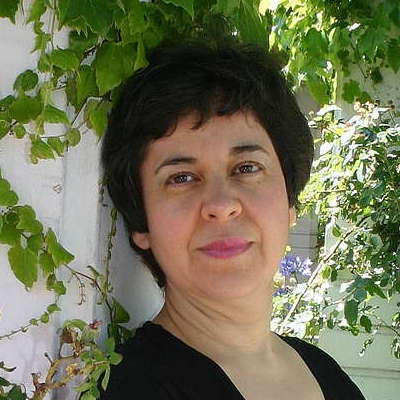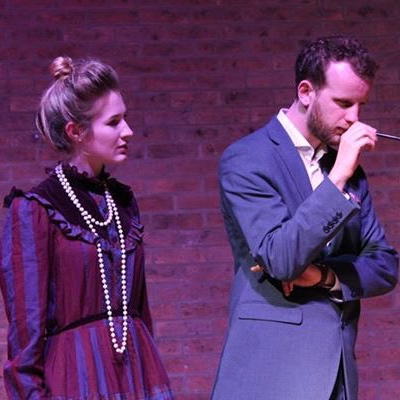- Robert Hanson
- Sidney Mear
- Louise Talma
- Glenn Gould
- Hans Werner Henze
- Giuseppe Tartini
- Truro
- Michael Trainor
Two Young Stars in the Musical Firmament
GIUSEPPE PENNISI listens to cellist Zlatomir Fung and pianist Richard Fu
Due to the new wave of COVID-19, some theatres and concert halls have closed or suspended performances - for example, the National Santa Cecilia Academy in Rome and La Fenice in Venice. It seems we are going back to the dark times of last winter's lockdown. Even the audience, frightened by the contagion, desert the ticket offices and, if subscribers, give up going to the performance.
In this sad picture, the 18 December 2021 concert of the IUC (University Institution of Concerts) – the last of this calendar year - was a very pleasant surprise: a fairly full hall but with adequate distancing, an interesting program and above all an opportunity to listen to two young stars of the musical firmament, both under twenty-five years old and of American nationality. Cellist Zlatomir Fung is of Chinese and Bulgarian ancestry and pianist Richard Fu was born in Shanghai. Very similar in appearance, on stage they looked like twins. Both studied, among other places, at the Juilliard School in New York. Both arrived in Rome loaded with international awards won in recent years, and both are little known in Italy – for Fung the concert was his debut in Rome, and for Fu his debut in the IUC concert series.
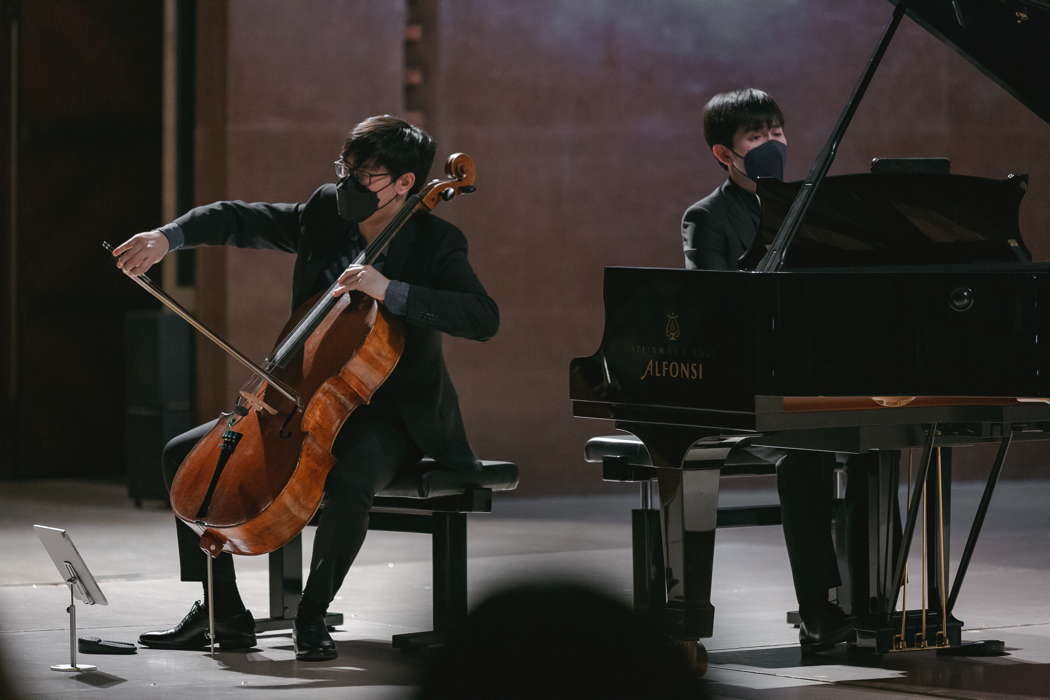
Zlatomir Fung and Richard Fu in Rome. Photo © 2021 Andrea Caramelli and Federico Priori
The program included two well-known and often performed pieces by Schubert and Shostakovich - respectively, the Sonata in A minor 'Arpeggione' and the Sonata in D minor, Op 40. It also included two novelties or rarities for Rome - the Fantasy on Little Russian Songs Op 43 by David Popper and Knock, Breathe, Shine for solo cello by Esa-Pekka Salonen. It was a program, therefore, that ranged from romanticism to contemporary music.
David Popper (1843-1913) was a Bohemian cellist, very famous in the years between the end of the nineteenth century and the beginning of the twentieth century. He was for a long time holder of cello chair at Pest Conservatory. He composed relatively little: the Fantasia on Small Russian Songs is a sweet and fascinating score. Fung and Fu played it with passion, and this was appreciated by the listeners.
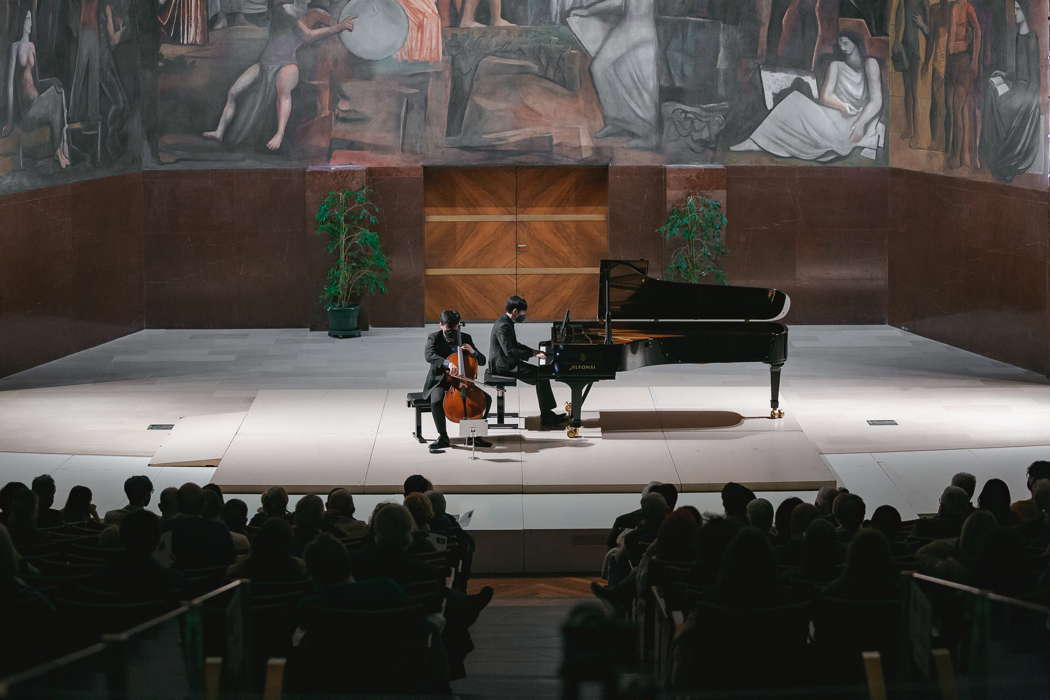
Zlatomir Fung and Richard Fu in Rome. Photo © 2021 Andrea Caramelli and Federico Priori
The Sonata in A minor 'Arpeggione' dates back to 1824, the decisive year in Schubert's creative experience as a composer of instrumental music; it is the year, among other things, of the Quartets D 802 and Death and the Maiden D 810 as well as of the Octet D 803. Everything suggests that the Sonata was commissioned by Vinzenz Schuster, promoter of the 'arpeggione', the instrument just built by the Viennese luthier Johann Georg Staufer and better known by the names of guitar-cello, love guitar or bow guitar. The 'arpeggione' was a hybrid between the cello and the guitar: played with the bow and between the knees like the cello, it counted six strings like the guitar, of which it also resumed the shape of the case and the appearance of the fingerboard. In the 1930s, the instrument was already forgotten. Performed by Schuster in November 1824, the Sonata remained in manuscript; when it was first published in 1871 the arpeggione had disappeared. The publisher Gotthard had to transcribe the part for violin and cello. The latter, among the various alternative instruments adopted in the performance practice - violin, viola, guitar - is undoubtedly for register and quality the most suitable to replace the arpeggione.
Sonata D 821 is a work of circumstance that does not touch the summits of Schubert's masterpieces. In the performance at the IUC, Fung and Fu have rendered it with a subtle charm making use first of all of the extraordinary lyrical invention that distinguishes the instrumental music of the last period of Schubert work. The prevailing tone of the Sonata is a suffused melancholy. Fung and Fu have enhanced what were to be the expressive resources of the arpeggione such as, the cantability, and the virtuosic agility.
Knock, Breathe, Shine by Esa-Pekka Salonen is a virtuosic piece for cello in three movements: Knock - as its name suggests - is based on two different types of pizzicato that intertwine. Breathe is about breathing, singing and melodies. Shine shows all the brilliance of what you could do with the cello, even sitting on a roller coaster. The title comes from the fourteenth sonnet by John Donne (1572-1631). The passage is not descriptive. Zlatomir Fung interpreted it in a very lively way as if he were inspired by the Marx brothers films with comic moments and lyrical passages.
Shostakovich composed the Sonata for cello and piano Op 40 in 1934. It ranks among those titles that appeared after the opera Lady Macbeth of Mtsensk, which was violently attacked by the authorities of Soviet politics and culture for its musical language laden with atonality and dissonance. In the Sonata there is a return to traditional forms, but on the structural level there is a tension and a thematic complexity that is detached from the most typical romantic sonatas, through a singular process of 'editing' sound images. Undoubtedly, in the Sonata, there is an air of moderate tonal ambiguity in a rather heterogeneous musical fabric, bearing the figure of Shostakovich's style and personality. Fung and Fu highlighted these aspects very well.
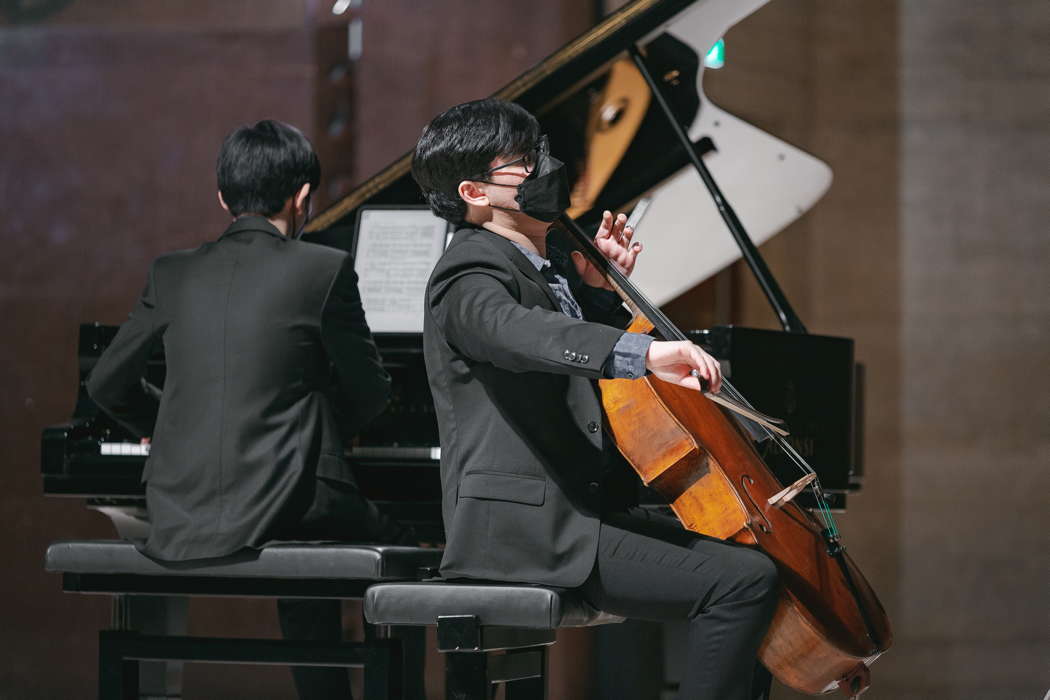
Richard Fu and Zlatomir Fung in Rome. Photo © 2021 Andrea Caramelli and Federico Priori
There was very warm applause that led to two encores: a Nocturne by Alexander Borodin and a Romance by Yuri Shaporin, transcribed by the same composer for piano and cello.
Copyright © 21 December 2021
Giuseppe Pennisi,
Rome, Italy



